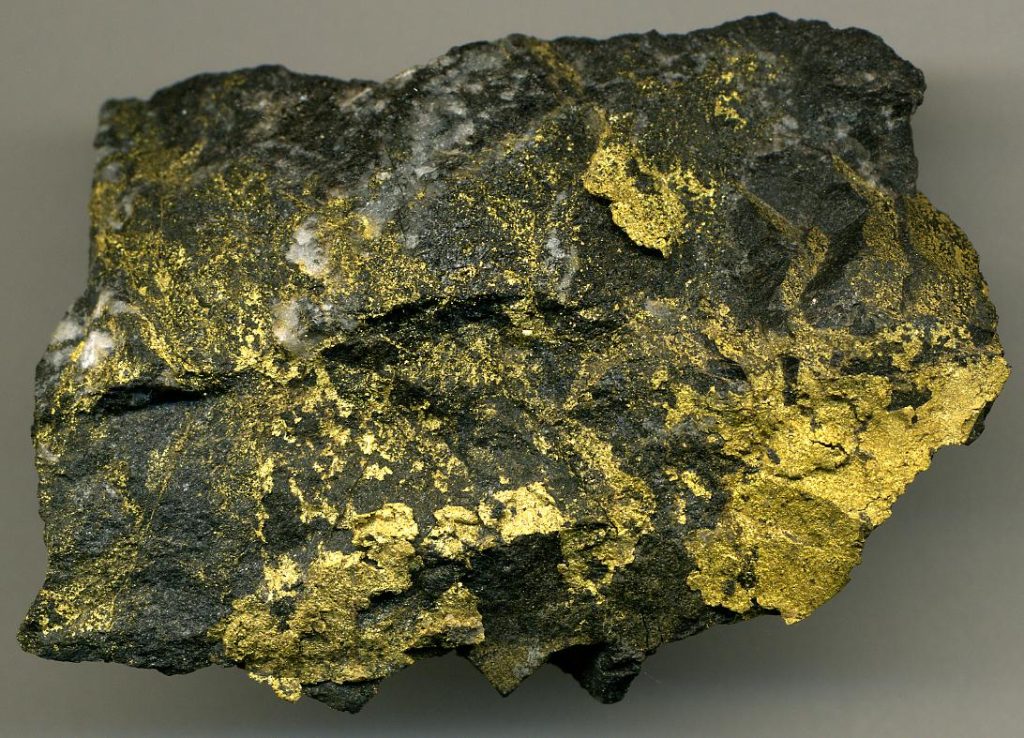Eco-friendly recovery techniques are increasingly being adopted in the mining industry to enhance the extraction of gold from oxidized ores while minimizing environmental degradation. Traditional gold extraction methods, such as cyanidation, though effective, pose significant environmental and health risks due to the use of toxic chemicals like cyanide and mercury. In contrast, modern sustainable approaches focus on reducing chemical usage, lowering energy consumption, and minimizing waste generation. These techniques are particularly important for oxidized gold ores, which present unique challenges for extraction due to their complex mineralogy and lower gold concentrations. One of the promising eco-friendly methods is the use of bioleaching, a process that employs naturally occurring microorganisms to break down the mineral matrix and release gold particles. In oxidized ores, where gold may be encapsulated within iron oxides or silicate minerals, bioleaching offers a viable alternative to chemical leaching by selectively targeting and degrading specific minerals. This method not only reduces the need for harsh chemicals but also operates at relatively low temperatures and pressures, decreasing overall energy demands.

Another innovative technique is the use of thiosulfate leaching, which replaces cyanide with thiosulfate as the leaching agent. Thiosulfate is less toxic and more environmentally benign, making it an attractive option for green gold extraction. Research has shown that thiosulfate leaching can achieve comparable, and in some cases superior, gold recovery rates from oxidized ores, particularly when enhanced by catalysts such as copper or ammonia. Additionally, thiosulfate-based systems can be regenerated and reused, further improving their sustainability. Gravity separation is also gaining traction as a non-chemical method for recovering gold from oxidized gold ore. This technique involves using the difference in density between gold and the surrounding gangue minerals to physically separate gold particles. Gravity-based recovery is especially useful for coarse or free-milling gold and does not require the use of hazardous reagents. While it may not be suitable for all ore types, it serves as an excellent first step in a multi-stage processing strategy that includes other environmentally friendly methods.
Moreover, JXSC advances in hydrometallurgical technologies, including solvent extraction and ion exchange, are being tailored for eco-friendly gold recovery. These processes allow for the selective separation of gold from solution using organic solvents or resins, offering high efficiency with lower environmental impact. When integrated with renewable energy sources and closed-loop water systems, they form part of a comprehensive green mining approach. In conclusion, the shift toward eco-friendly recovery techniques in gold mining is not only necessary for environmental protection but also increasingly viable due to technological advancements. For oxidized gold ores, which are typically more challenging to process; these sustainable methods offer practical and efficient alternatives to traditional extraction techniques. By combining biological, chemical, and physical processes in innovative ways, the mining industry can significantly reduce its ecological footprint while maintaining profitability and operational efficiency.
